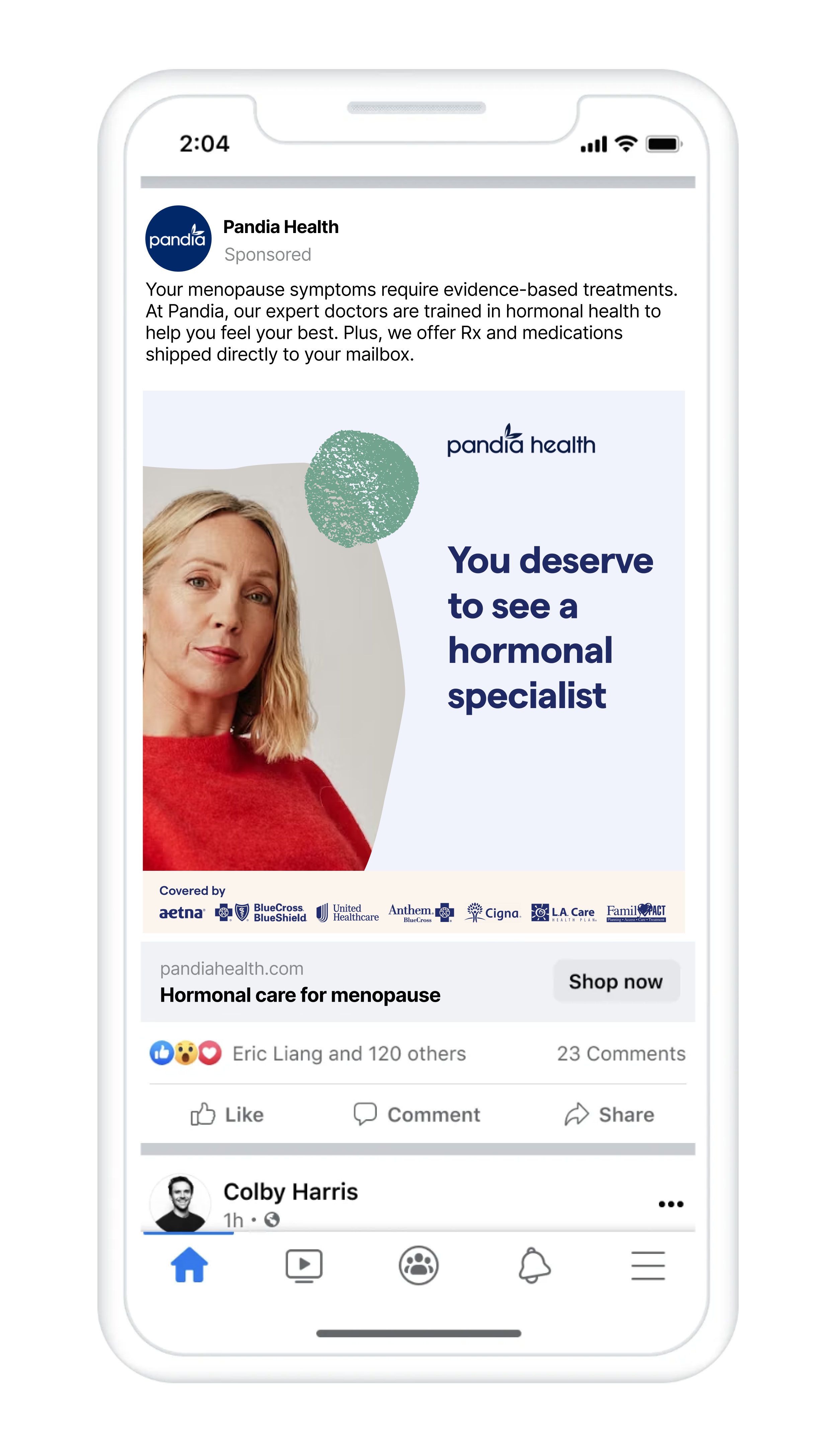CI: Makes sense! OK, visual identity and tone of voice are so important to get right. Do you have any advice for startups with limited budgets and limited market research?
BJK: We’re many years into the “blanding” era of brands, generally associated with the startup, direct-to-consumer market where many brands were starting up and going to market quickly. The result was bland brands that look and sound exactly the same. Social feeds have been inundated with these brands for a decade now, so consumers have become quite adept at blocking them out. We’ve seen the fonts, colors, photo styling, package design and more so consistently that there is now little differentiation, and differentiation is the core and key to everything when it comes to marketing brands.
A key piece to differentiating is not trying to do too much and losing sight of what ignited the business-slash-brand in the first place. Great businesses are typically born from a story and a founder’s or entrepreneur’s passion for, or identification of, a marketplace need. Often, the value of what’s been created gets diluted when startups begin to focus on scale, resulting in them abandoning themselves to be everything to everyone, resulting in a bland brand experience. To achieve this scale, marketers also try to expand on visual identity and tones of voice beyond what is achievable or realistic. Voice is crucial to a brand—as humans want to connect and engage with humans, not businesses—and the tones reflect that variable, multidimensional human. But, those human aspects are already present in the people behind the brand, so embracing the shared purpose and passions, reflected in identity and tones of voice, is crucial to brand growth.
As brands fail to differentiate and scale, agencies and marketing professionals then come on board with great intentions to refine the origin story and drive what the brand should say, based on the perception of what a target buyer wants to hear. Unless they are extremely careful, this effort quickly becomes biased by limitations with initial data, individual interest in leaving their fingerprint on the effort, internal opinions of the business or brand, etc. Ultimately, the brand is defining its future through interactions with a small subset of its audience, which may not even be its long-term consumer, sacrificing its true self instead of confidently staying true to its purpose and differentiating factors.
Until there is enough data from actual customers, funding to conduct unbiased research of relevant sample size, etc., startups should lean into the incubating vision of the founders and mirror their persona as a brand—to differentiate by embracing what made them different from the start. This aligns with the transparency consumers seek, but also becomes easier for startups to execute, allowing leadership to simply be themselves.
CI: While we have you, let’s throw in a bonus question. Pandia Health grew its customer base by having a solid digital marketing strategy. Do you have tips for startups who want to build their customer base via digital marketing? Are there particular channels that work? Mistakes you see being made over and over?
BJK: The mistakes associated with building a customer base are usually very similar to building the brand itself. In the interest of growth, startups feel pressured to be everywhere and do everything. The best tip I have may seem somewhat common sense, but it is also the most difficult to put into practice: it’s all about consistency. There is so much competition, so much noise online that when starting up, the best approach is to keep a narrower focus. Ultimately, the channel or approach that will work “best” is going to be dependent upon whether the business offers a product or service and whether it’s geared for other businesses or consumers. A fashion-lifestyle brand will likely have more success connecting with potential customers on social media. At the same time, a professional services firm might be better positioned within a podcast network where consumers are seeking topical advice and educational content. In either case, or any other potential scenario, a plan to create consistent visibility within a single channel and increase the frequency of engagement opportunities to a core audience will have more traction than a fragmented effort across many different channels.
In many ways, it comes down to being realistic about what you or your team can truly execute (and where). If no one on the team is inherently social, or comfortable shooting/producing content, relying on a platform that requires multiple posts per day or week and 24/7 monitoring may be a recipe for disaster. The alternative could be focusing on email or even SMS to communicate with customers on a consistent basis but not require as much effort to keep up with creative and content needs.
What’s necessary to maintain a market presence and keep pace with competition is fairly easy to identify in 2024. Entrepreneurs know what it takes to convey the value of what they’ve created; it’s just forgotten at some point between proof of concept and going to mass market. The endless one-on-one conversations and investor meetings to meticulously highlight differentiation before that first purchase or check is written are erased from memory and replaced with an expectation that a potential customer’s first ad impression should result in a sale and lifelong loyalty. It’s important to maintain realistic expectations that building a business does not always mirror the growth rate of the unicorns making headlines.
As companies seek to build their customer base, I often recommend breaking down the effort, whether it be dedicated time, budget or both, so 70 percent of activity is focused on core and proven tactics, 20 percent on prospecting and testing different approaches in emerging channels or engaging within the latest trends, and 10 percent to experiment and think about disruptive stunts [that could go viral].
CI: Thanks, BJ! Fantastic food for thought.
BJK: My pleasure.


